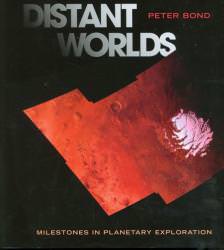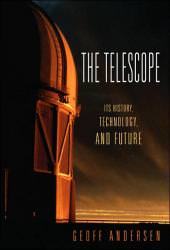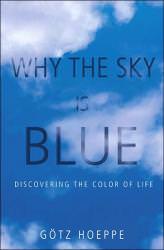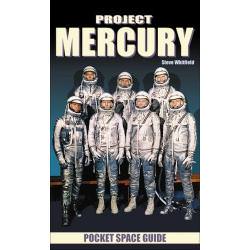A bit of inspiration and a pound of sweat. Sounds like a perfect recipe for advancement, but sometimes more is needed. Space pioneers had inspiration and certainly worked wonders in the lab and at the desk. But, they also had to be spokespeople for the completely new field. This need is readily apparent in the book crafted by Irene Powell-Willhite entitled The voice of Dr. Wernher von Braun – An Anthology. Through careful selection and editing, she provides copies of 47 speeches given or written by Dr. von Braun. From them, it’s clear that after the 9 to 5 work hours, still much effort was necessary to keep the space program alive.
Dr. von Braun is the German engineer who is credited with being the driving force for the development of the V2 military rocket of World War II. At the end of the war, he and many of his colleagues purposefully surrendered to the Americans with the hope and desire of continuing rocket development. However, for many years they languished at back woods military research centres. His skills weren’t in demand until the U.S. public got a fright from the U.S.S.R’s Sputnik satellite. Even then, von Braun realized that broad public support was necessary to continually advance the U.S. military and subsequent civilian rocket programs. In particular, only with the nation’s support would humans land on Mars.
This need for continual advocacy is readily apparent from the collection presented by Powell-Willhite. Von Braun’s audiences included rotary clubs, NATO groups, SHAPE, press clubs and even dental associations. From them, the reader will readily recognize von Braun’s skill in effectively joining the interests of the audience with his own. Usually he did so by referring to the audience’s hopes and fears. Rarely did he introduce technical or quantitative elements, unless the audience expected such. Interestingly enough, one of the early speeches identified the alien menace as a purpose. However, he usually focused upon hard immediate gains, such as satellites for television transponders, satellites for weather forecasting, methods for program management, and construction of specialized material. Through his speeches, the reader sees that von Braun consistently demonstrated that humans in space were leading to a betterment in the lives of everyone in the nation.
Such a support of the space program is expected when coming from one of the prime racketeers. And, this anthology has other aspects. As the speeches appear in a chronological fashion, the reader can see how the progress of the space program added substance. Early speeches talked about future gains, while later speeches talked about the advancements already made. On a more sombre note is the diminishing hope shown for the program’s future. Early speeches championed flights to Mars, while toward the end, von Braun talked about a strong anti-science mood that was permeating society, especially within institutes for early education. Yet, the speeches never showed anger or regret, only desire and advocacy. From this, the reader can see change, from von Braun the dreamer to von Braun the practical manager.
Powell-Willhite’s anthology can serve a number of other purposes in addition to being an interesting reflection of von Braun’s attitude to the space program. For example, advocates and speech writers from any field can see how to write a speech on one topic so as to interest an audience that has only cursory interest. It’s also interesting to see how Braun massaged technical data to suit the expected level of the audience. Hence, from a public relations perspective, this anthology may offer many interesting perspectives.
Where this anthology fails is the lack of perspective from Powell-Willhite herself. There’s no basis for the selection of the 47 speeches, even though von Braun is purported to have given nearly 500. There is no perspective or overview or suggestion on what the reader should look for. Each speech lies in its own chapter and, aside from the title of the speech (if one exists) and the speech itself, there is usually naught else. This is great if the reader just wants to read the speeches. However, if the reader is looking for a little more on the why and wherefore, it’s not here.
There’s good reason for Dr. von Braun being given credit for boosting the U.S’s space program. His engineering and management skills and his advocacy did wonders. Evidence of this springs forth in the book by Irene Powell-Willhite entitled The Voice of Dr. Wernher von Braun – An Anthology. Its collection of speeches show a man dedicated to helping humankind take another step into the future.
Read more reviews or purchase a copy online from Amazon.com.










